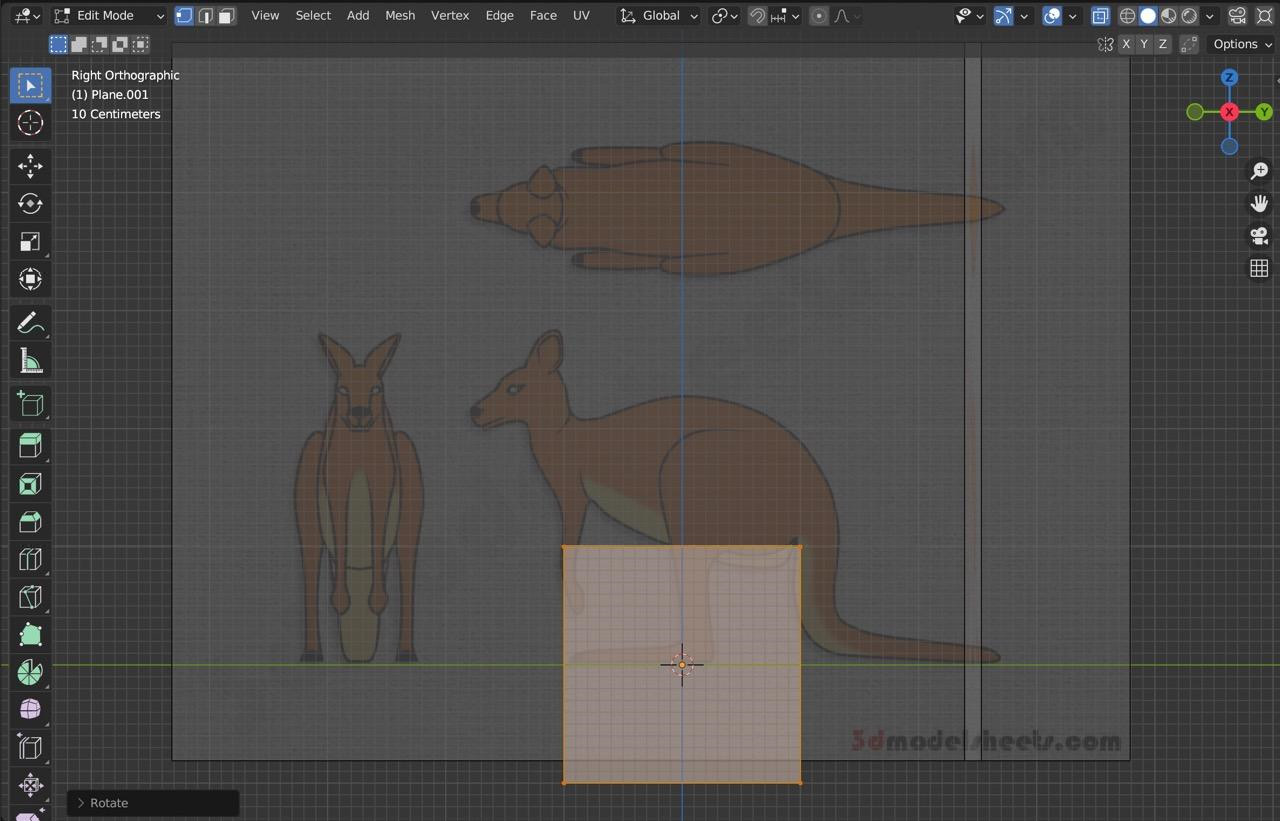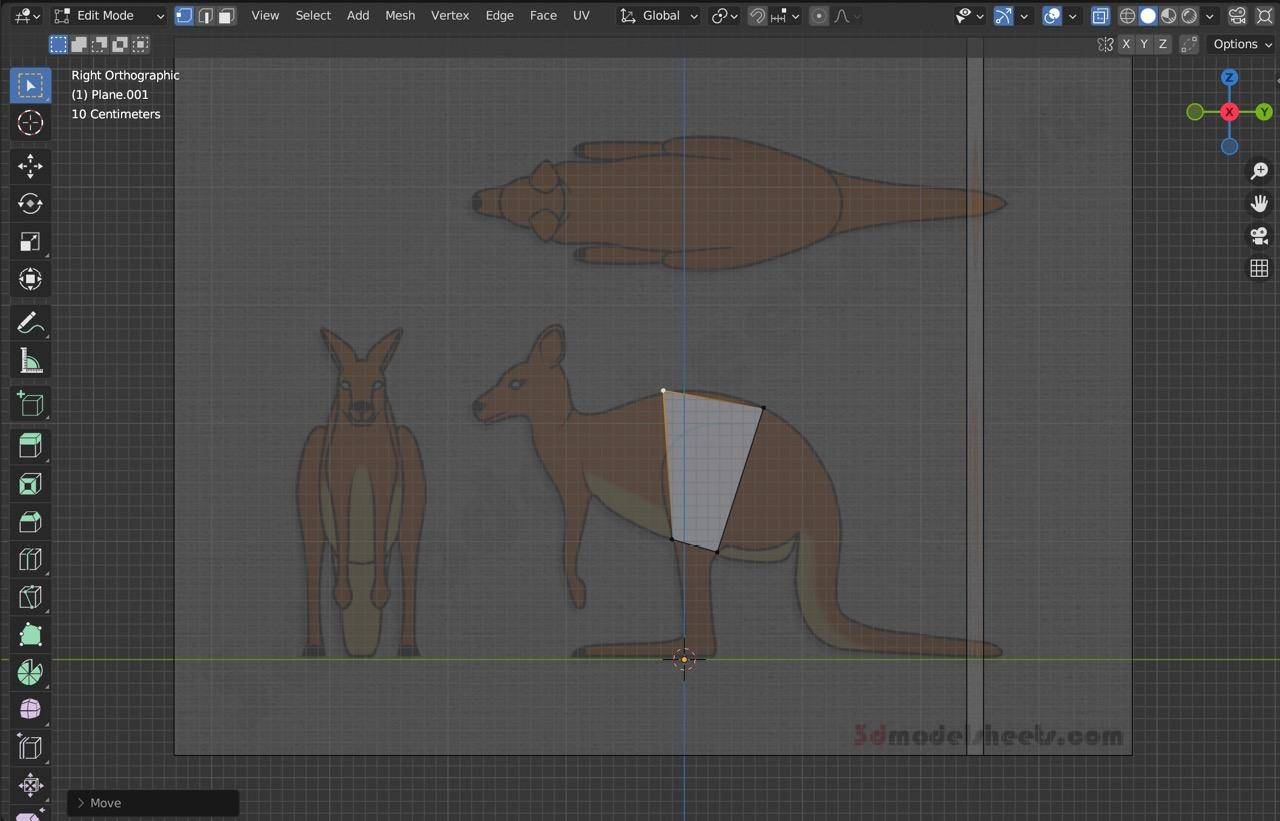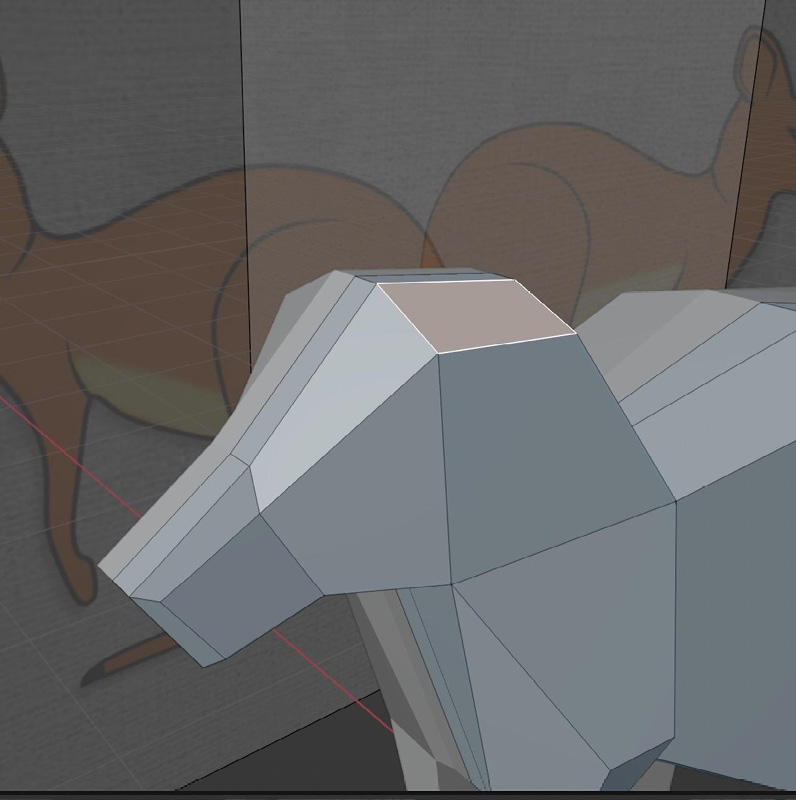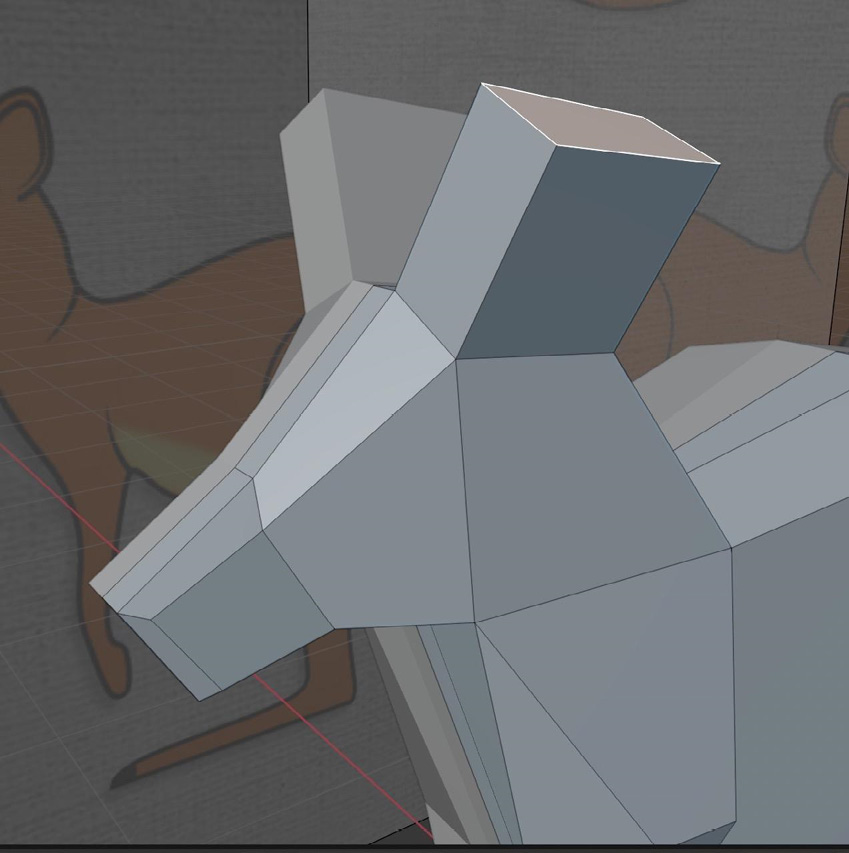Modeling a Kangaroo
So far in this book, we have trees, rocks, and even grass: all the pieces we need to build a world. But, who lives here?
In this chapter, you’ll learn how to build a low poly animal. You’ll follow step-by-step instructions to build a low poly kangaroo from scratch.
The instructions in this chapter will be specific to the kangaroo, but also generalized enough that you can apply the same steps to any other animal. What you learn here will still apply.
By the end of this chapter, you’ll have achieved the following:
- Know how to import reference images
- Understand where to start when modeling an animal
- Have a firm grasp of the steps you’ll need to follow to model any animal in low poly
- Have a sweet low poly kangaroo model
You’ll start by learning how to import your reference images.













